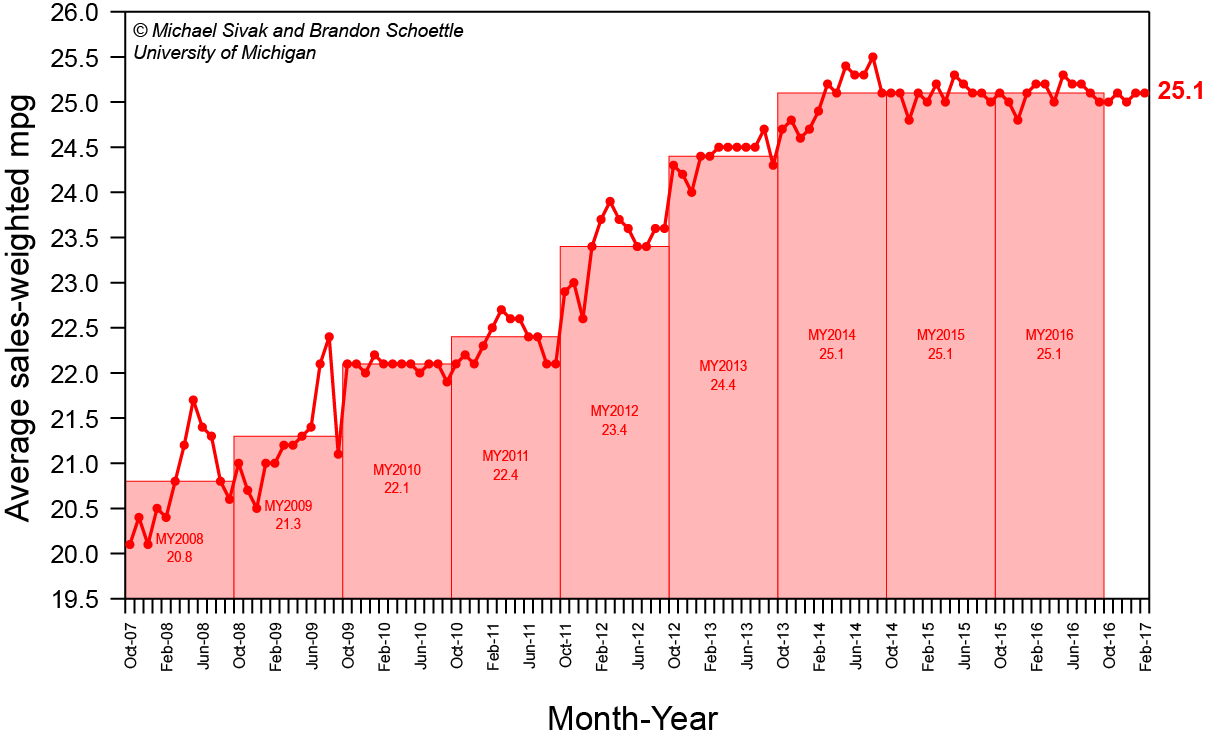SebastianR
Active Member
Interesting quote from Is The Private Equity Oil Rush Back On? | OilPrice.com:
It is always interesting to hear the other side: They think that prices will necessarily raise. I believe that's due to the fact that historically oil consumption has globally only ever grown (outside recessions). So one of the key reasons in believing that eventually prices for oil need to raise lies in the firm belief that economic growth is coupled to increased oil consumption. We know this is no longer true for developed countries. Now, how can we start to correct this misconception out there?
I feel if people would stop looking at oil as an economic necessity and regard it as a commodity just like any other commodity, too - we would all be in a better place as this would affect price, policies and investments into oil...
One of the founders of Argus told Bloomberg that for those who have cash now is the perfect time to buy – assets and companies are relatively cheap and the industry will inevitably recover by 2020. In fact, Charles Cherington expects “a boom” in U.S. oil by 2020.
[...]
So, what’s next? It seems that a lot of smaller energy companies in the U.S. are now backed by private equity cash, and private equity investors are a pragmatic lot for the most part. Cherington, for example, expects prices to fall again this year. This will likely prompt a wave of consolidation deals that will bring down costs and improve returns. It will also bring in new PE players in, as companies for sale become even cheaper. In short, now is the time to buy.
It is always interesting to hear the other side: They think that prices will necessarily raise. I believe that's due to the fact that historically oil consumption has globally only ever grown (outside recessions). So one of the key reasons in believing that eventually prices for oil need to raise lies in the firm belief that economic growth is coupled to increased oil consumption. We know this is no longer true for developed countries. Now, how can we start to correct this misconception out there?
I feel if people would stop looking at oil as an economic necessity and regard it as a commodity just like any other commodity, too - we would all be in a better place as this would affect price, policies and investments into oil...




